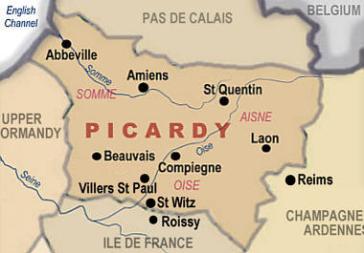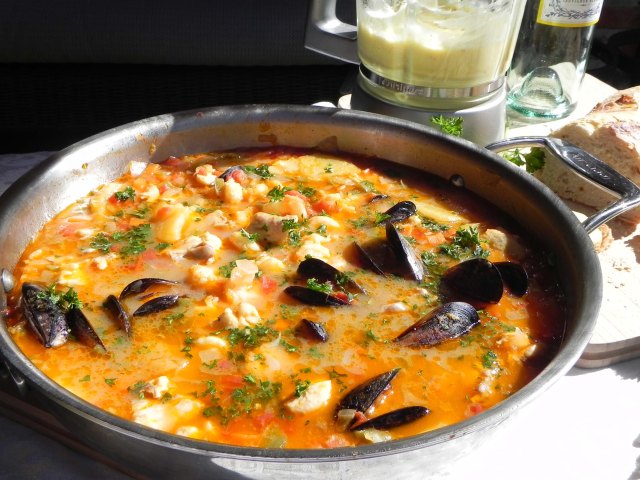On walking past the corner of Grattan Street and Lygon Street, there was an overwhelming sense that something was amiss. Where were the white table cloths and wooden chairs, the neatly arrayed cutlery and crockery? What had happened to the Borsari Ristorante? A shiny and bright new electric sign told me what had happened – the Lygon classic, like so many traditional Italian restaurants before it, had succumbed to the pressures of 21st century Australian palates, and the globalisation and industrialisation of the Melbourne foodscape (Benny). It is out with the Borsari Ristorante and in with the neo-Italian Tono on Borsari.

Tono on Borsari still has some of the old features of the Borsari ristorante.
The corner establishment now boasts a new and modern outdoor eating environment -plastic wicker chairs squared around voguish granite tables, that, despite losing their pristine table cloths, are still laden with well-organised cutlery and crockery. The modern look flows over into the restaurant floor, which is neat, clean-edged and lit with warm white lighting. On looking at the menu attached to the restaurant’s outside wall, I noticed that each dish was approximately $5 more expensive than most of the restaurants that I had passed – $23 for a pizza! Thankfully, the restaurant was empty and so the owner offered us a 20% discount.

The interior of Tono on Borsari. Courtesy of Zomato.
I ordered a pizza with mozzarella, salami and capers, and was surprised at just how fast it came out. This speedy service has made me wonder, in hindsight, whether the remade establishment has also succumbed to the “speed [that] has been the obsession of the modern world for the past hundred years” (Jones et al)- what would Carlo Petrini would have to say? Regardless of how quickly it was made, the pizza with its doughy texture and fresh-baked smell, was delicious. This being said, the mixed taste of crusty warm dough, salty capers, spicy salami and gooey cheese was accompanied with no nostalgia; the pizza is not my madeleine (Belasco).

Carlo Petrini, the founder of the Slow Food movement. Courtesy of Grains de Vie.


















